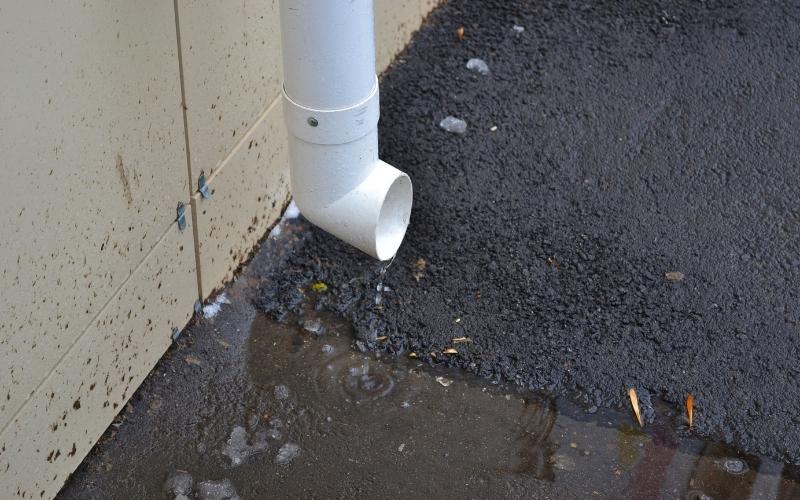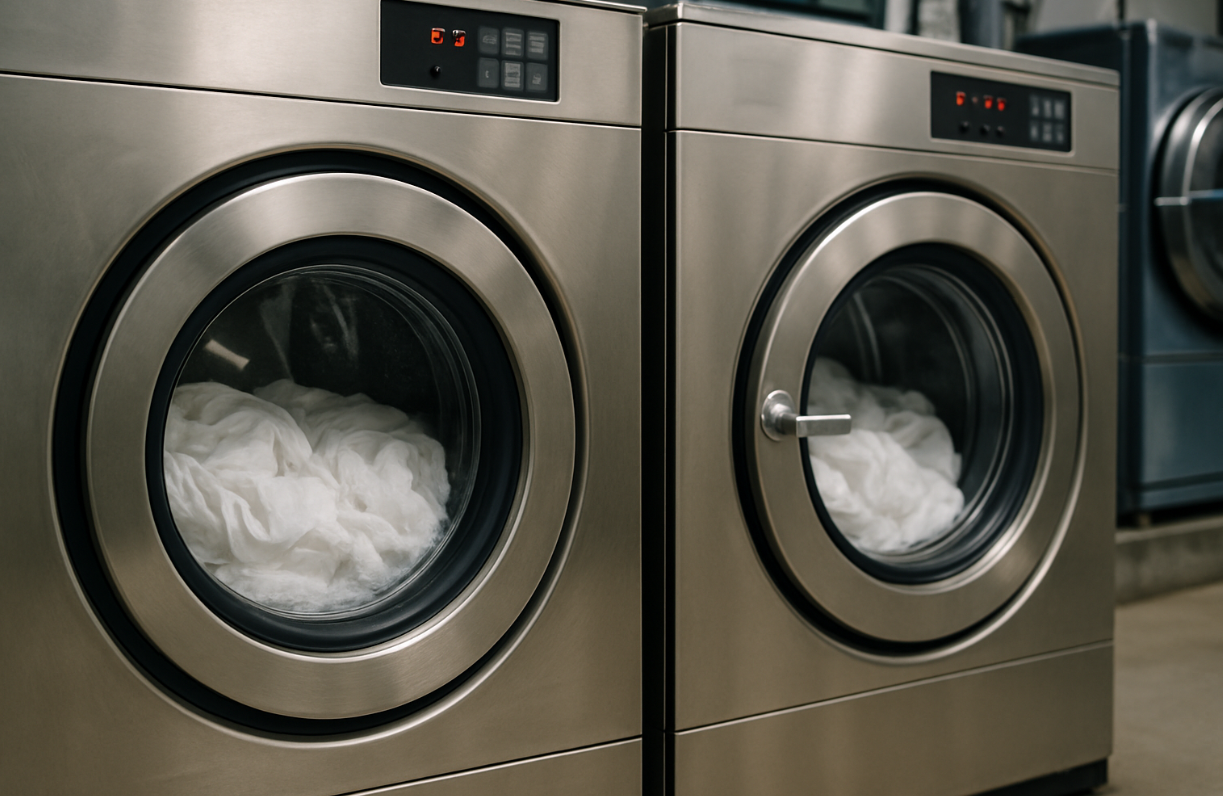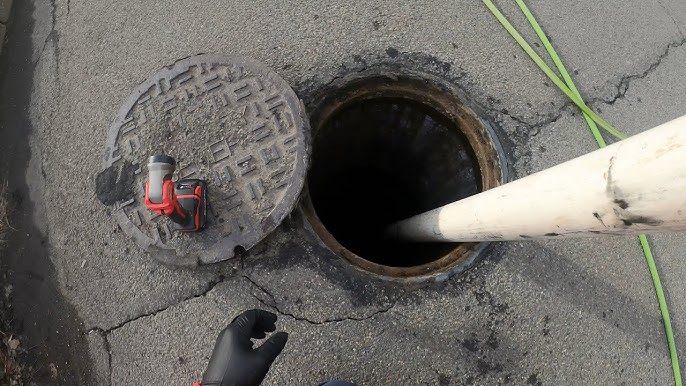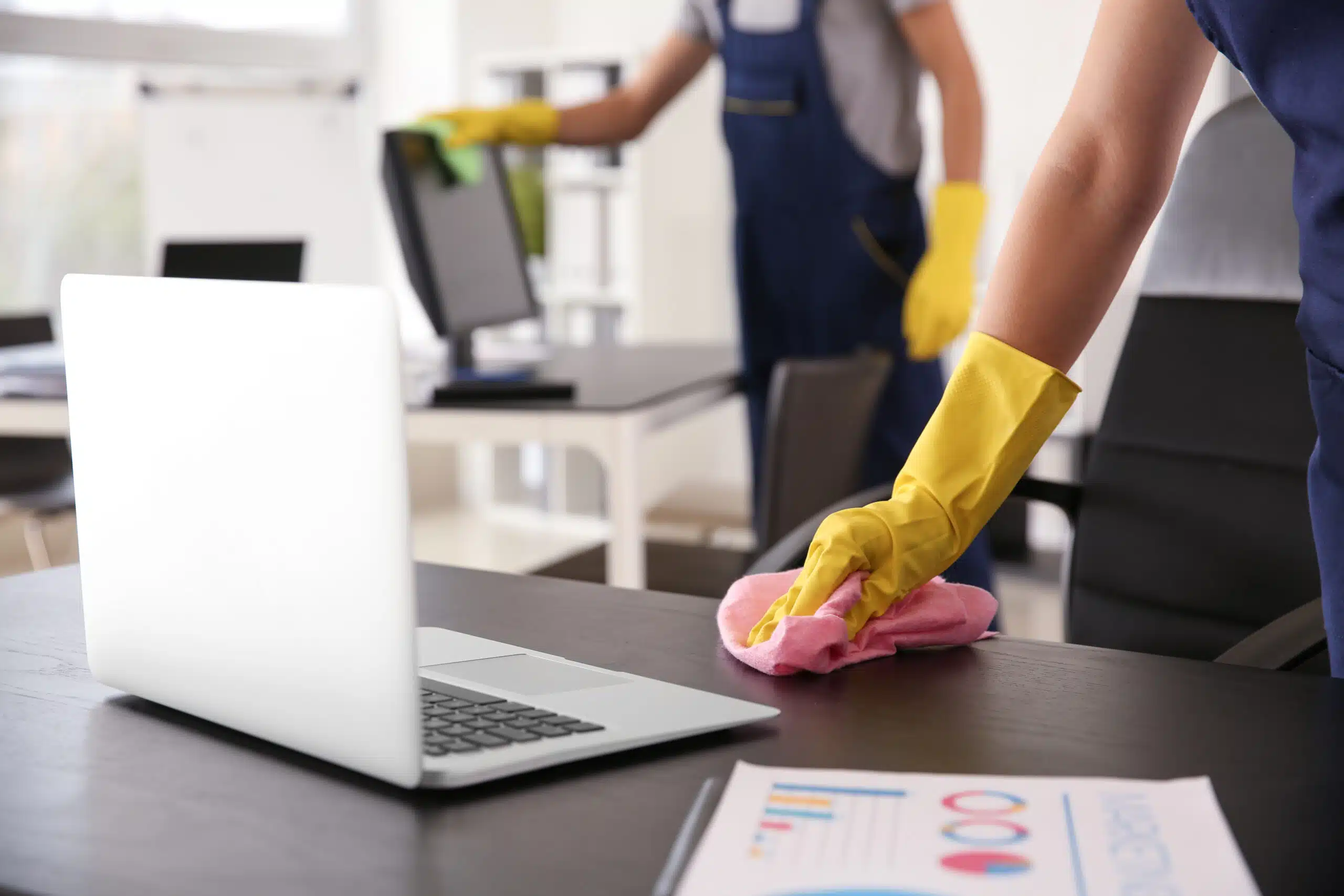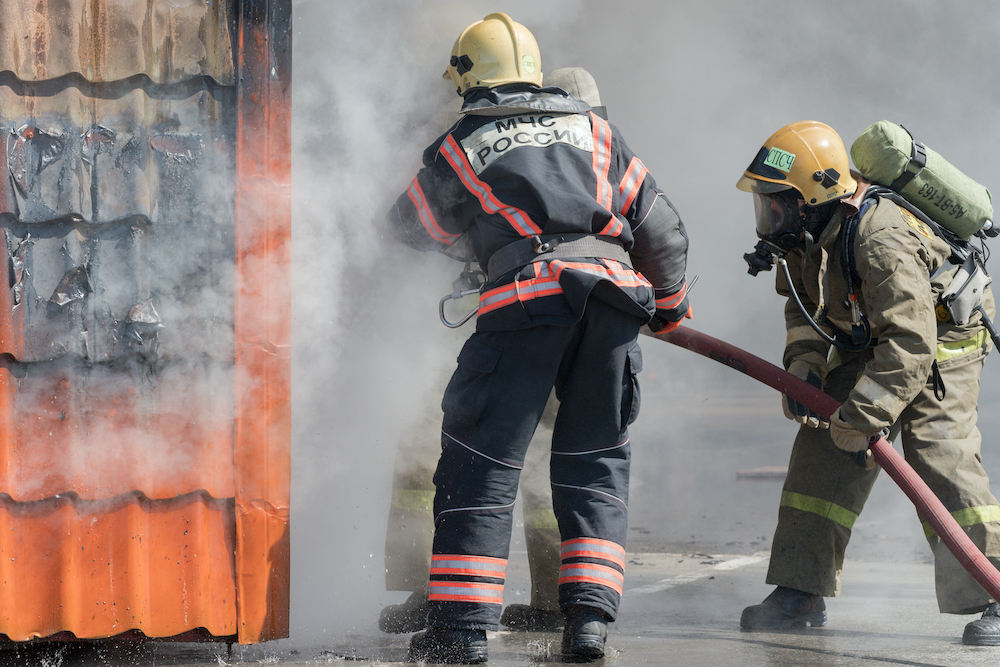Dealing with drainage issues can be a frustrating endeavor, especially when the culprits are not immediately apparent. In this comprehensive guide, we’ll explore the often-overlooked factors that contribute to drainage problems, including tree roots, sediment buildup, and foreign objects. Understanding these hidden causes is crucial for preventing recurring blockages and maintaining a smoothly functioning plumbing system.
The Silent Invaders: Tree Roots
Trees, while enhancing our surroundings, can pose a hidden threat to underground plumbing. Root intrusion is a common, yet less recognized, cause of drainage problems. Look out for signs such as slow drainage, gurgling sounds, or unexpected water pooling. Learn about solutions, from root-destroying chemicals to advanced trenchless pipe repair methods, depending on the severity of the issue.
Root intrusion into underground plumbing poses a significant challenge for homeowners, often manifesting in subtle signs that may be dismissed initially. Slow drainage, typically considered a minor inconvenience, can be an early indication of tree root-related issues. Gurgling sounds emanating from the pipes may signal the disruption caused by invasive roots. Additionally, unexpected water pooling in specific areas of the yard can be a visual cue. Prompt recognition of these signs is crucial to preventing extensive damage.
Addressing tree root intrusion requires a tailored approach based on the severity of the problem. For minor cases, root-destroying chemicals offer a solution by inhibiting further root growth. However, more advanced issues may demand sophisticated techniques such as trenchless pipe repair. This innovative method allows for the rehabilitation of pipes without the need for extensive excavation, preserving the landscape above. Homeowners should stay vigilant, opting for regular inspections and adopting proactive measures to prevent the silent invasion of tree roots into their underground plumbing.
Sediment Buildup: The Silent Culprit
Sediment buildup stands as a silent culprit in the realm of drainage issues, quietly accumulating in pipes over time and causing disruptions that may go unnoticed until significant problems arise. As water flows through pipes, especially in areas with hard water, mineral deposits gradually adhere to the interior surfaces. This accumulation creates a narrowing effect, restricting water flow and leading to reduced efficiency in the drainage system. The insidious nature of sediment buildup is exacerbated by its subtle progression, often causing homeowners to overlook the early signs of a looming issue.
Recognizing the signs of sediment buildup is crucial in preventing more severe blockages. Slow-draining water is a common indication that the pipes are hindered by sediment accumulation. Additionally, peculiar odors emanating from drains can signify the presence of decomposing organic matter trapped within the sediment. By staying attuned to these subtle signals, homeowners can intervene before the situation escalates, avoiding the inconvenience and potential damage associated with blocked drains.
Preventive measures play a key role in mitigating the impact of sediment buildup. Regular flushing of drains is an effective practice to dislodge accumulating debris and sediment. This simple maintenance task helps maintain optimal water flow and prevents the gradual narrowing of pipes. In areas with hard water, the use of water softeners is a proactive approach to reduce mineral deposits, minimizing the likelihood of sediment buildup. By incorporating these preventive measures into a routine maintenance plan, homeowners can ensure the longevity and efficiency of their plumbing systems, keeping the silent culprit of sediment buildup at bay.
Foreign Objects: The Unseen Culprits
In the realm of drainage issues, foreign objects emerge as unseen culprits that quietly contribute to blockages and disruptions. These common invaders, ranging from grease and hair to small everyday items, often go unnoticed until they collectively obstruct pipes, causing slow drainage and potential backups. The insidious nature of these foreign objects lies in their ability to accumulate gradually, creating a hidden menace that homeowners may not immediately recognize. Despite their seemingly innocuous nature, these items pose a significant threat to the smooth functioning of drainage systems.
Preventing the infiltration of foreign objects into pipes is essential to maintaining a clear and unobstructed plumbing system. One effective strategy is the use of drain guards, which act as protective barriers to prevent larger debris from entering the drainage system. These guards are easily installed and serve as a first line of defense against common culprits like hair and larger particles. Additionally, adopting proper disposal practices can make a substantial difference. Educating homeowners about the potential consequences of pouring grease down the drain or allowing small objects to find their way into pipes encourages responsible habits that contribute to the long-term health of the plumbing system.
By understanding the role of foreign objects in drainage issues and implementing preventive measures, homeowners can actively contribute to the longevity and efficiency of their plumbing systems. Regular maintenance, including the use of drain guards and responsible disposal practices, is key to ensuring that these unseen culprits remain at bay, allowing for a smoothly flowing drainage system and minimizing the risk of unexpected blockages.
Pipe Bellies: The Subtle Sags
In the intricate network of a home’s plumbing system, an often-overlooked concern is the development of low points or “bellies” in pipes. These subtle sags, unbeknownst to many homeowners, can have a significant impact on the efficiency of the drainage system over time. As pipes age or face external pressures, they may gradually develop these low points, leading to the accumulation of water and debris. The consequence of these bellies is a compromised flow of wastewater, resulting in slow drainage and, in more severe cases, the potential for blockages. Unlike more apparent issues, such as clogs caused by foreign objects, pipe bellies operate quietly, contributing to a gradual decline in plumbing performance.
Improper installation and shifting soil are common contributors to the formation of pipe bellies. During the initial installation, factors like poor alignment or inadequate support may set the stage for the development of these subtle sags. Additionally, changes in soil conditions, such as settling or shifting, can further exacerbate the issue over time. Homeowners may remain unaware of these underlying factors until noticeable symptoms, such as persistent slow drainage, prompt a closer inspection of the plumbing system.
Addressing pipe bellies requires a thoughtful approach, often involving professional intervention. One effective solution is pipe relining, a process where a new lining is installed within the existing pipe, reinforcing its structural integrity and correcting the sagging. In more severe cases, where relining is not sufficient, replacement of the affected pipe may be necessary to ensure a long-term resolution. By exploring these solutions, homeowners can take proactive measures to rectify the subtle sags in their plumbing system, restoring optimal water flow and preventing the potential for future blockages. Regular inspections and an awareness of the underlying causes of pipe bellies are key to maintaining a smoothly functioning drainage system.
Are you worried about blocked drains Maidstone or London? It is important to contact a highly reliable and professional drainage company from the moment you sense the signs of drain problems.
Collapsed Pipes: The Unseen Catastrophe
The unseen catastrophe of collapsed pipes is a significant but often underestimated cause of drainage issues. As pipes age, especially those made of materials like clay or cast iron, they can undergo deterioration, ultimately resulting in structural failure. Unlike more apparent causes of blockages, a collapsed pipe poses a more severe threat to the overall integrity of the plumbing system. The symptoms of a collapsed pipe may include sudden and persistent blockages, unusual noises within the plumbing system, or foul odors emanating from drains. These subtle signs may initially go unnoticed, allowing the problem to escalate until it reaches a critical point.
One of the crucial aspects of addressing the potential for collapsed pipes is the importance of professional inspections, particularly for older plumbing systems. Routine inspections by qualified plumbers can identify signs of deterioration or impending collapse before the situation becomes a full-blown crisis. This proactive approach enables homeowners to intervene early, preventing extensive damage to the plumbing infrastructure and avoiding the associated costs and disruptions. To unblock toilets, drains or to conduct CCTV drain surveys, you can always rely on a professional drainage company for your drain related needs.
When faced with the issue of collapsed pipes, homeowners must consider various options for repair or replacement. Depending on the severity of the collapse and the overall condition of the plumbing system, plumbers may recommend trenchless pipe repair techniques, which minimize the need for extensive excavation and disruption to the landscape. In more extreme cases, where the collapsed pipe is beyond repair, replacement with modern and durable materials becomes a necessity to ensure the longevity and reliability of the drainage system.
In conclusion, the potential catastrophe of collapsed pipes underscores the importance of regular professional inspections, especially for aging plumbing systems. By staying vigilant and addressing signs of deterioration promptly, homeowners can mitigate the risk of structural failure, ensuring a smoothly functioning drainage system for years to come.
Conclusion:
By uncovering these hidden causes of drainage issues, you can take proactive steps to maintain a healthy plumbing system. Regular inspections, preventive measures, and prompt action are key to preventing and addressing these less obvious culprits. Stay informed and empowered to keep your drains clear and your plumbing in optimal condition.







